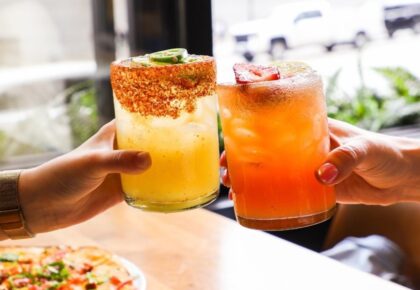The Salumi Journey Of Chef Pete Balistreri
On a foggy Tuesday morning at Liberty Station in Point Loma, we sit across the table from Pete Balistreri, the award-winning salumi maestro and Executive Chef of Tender Greens in San Diego.
This is where P. Balistreri salumi all began, in the walk-in refrigerator of Tender Greens location number two — which Pete opened as a spot where people could come enjoy a casual meal made from the same incredible ingredients as local fine-dining restaurants.
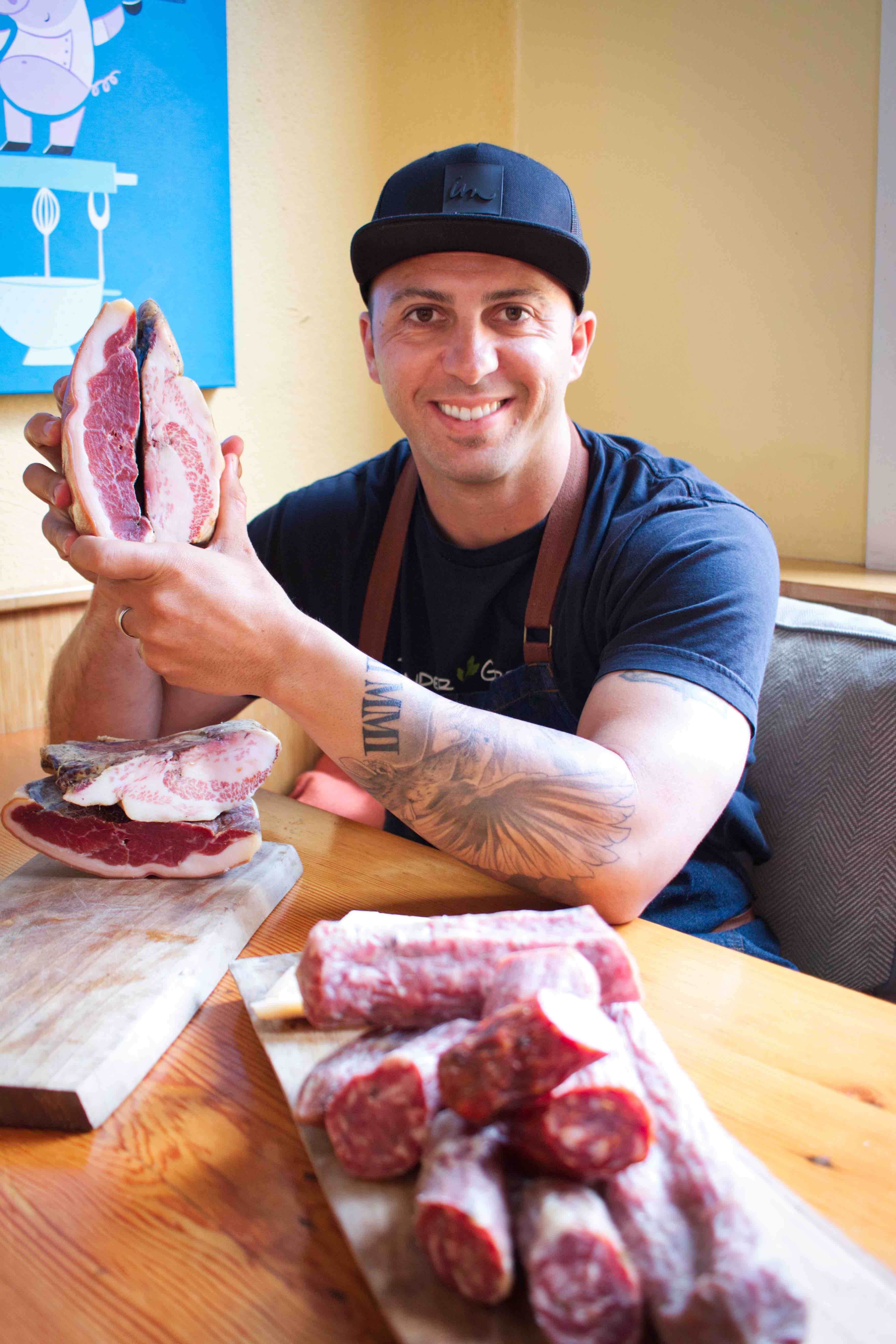
“I really wanted to make salumi from scratch,” he says of his goals for the restaurant when it first opened, “because at that time, no body was really doing it — I knew that if I could, we could get recognized.”
Pete was born and raised in Point Loma, a first generation Sicilian-American with a family of fisherman, where he inherited an appreciation for ingredients, sourcing and making food from scratch. His passion, salumi, is an Italian term for sausage making, cured and smoked meats — similar to the French term, charcuterie. Salami itself, however, is a specific type of salumi that falls under the same umbrella as items like guanciale, lardo and prosciutto.
“You have scraps,” Chef tells us when we ask about where the idea of salumi began, “the Norcino — what they call them in Italy — is the person you brought your pig to back in the old days, even still today.” The Norcino uses every ounce of the pig and makes sausage with the scraps.
“If you were traveling or hunting or you were in war or you had to go long distances, you had to have food,” Pete continues, “so salt preservation, salt curing, is one of the oldest forms of doing that.”
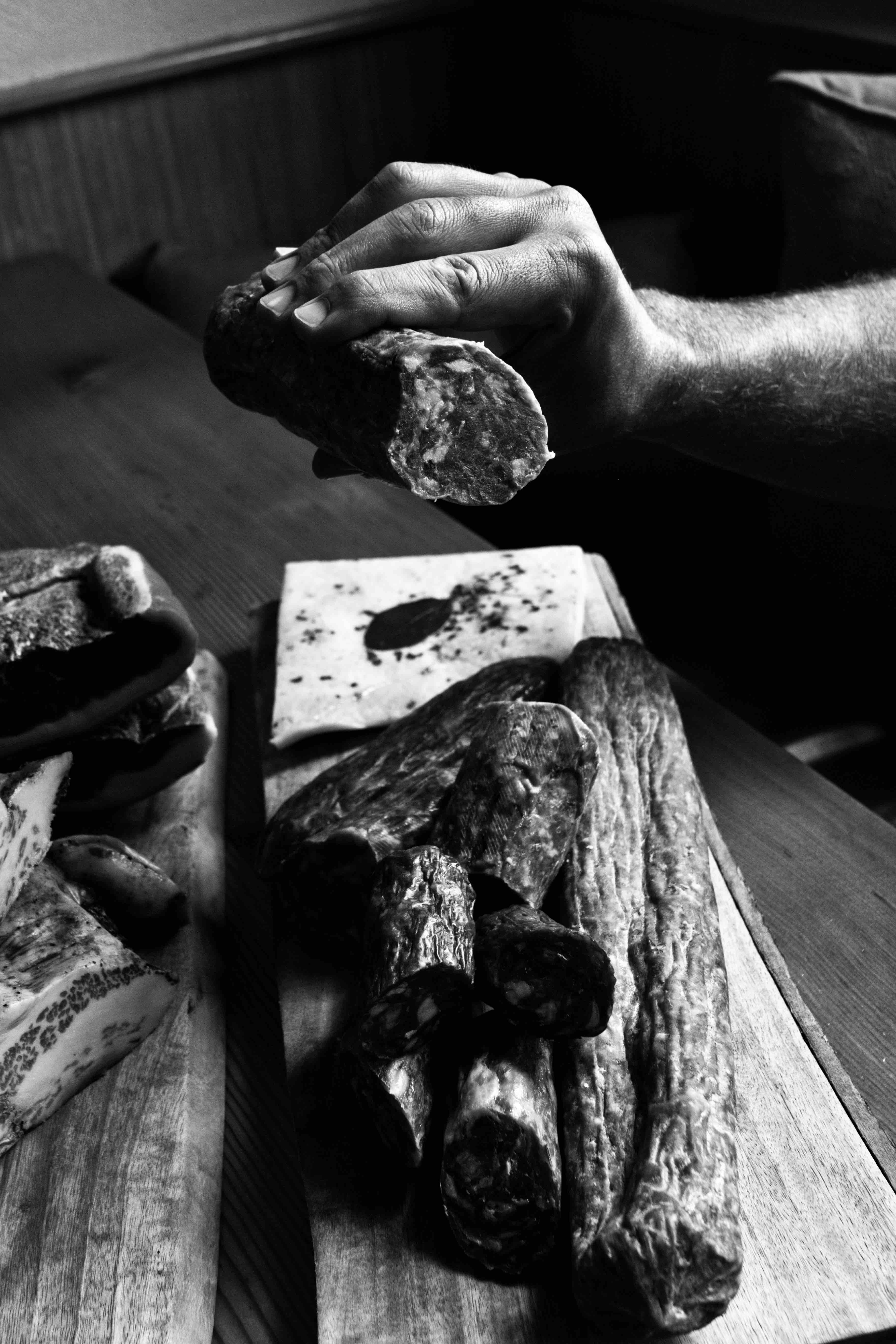
After graduating from SDSU with a Bachelor’s Degree in Culinary Arts, Chef Pete made his way to San Francisco where he attended California Culinary Academy and began his journey as a future salumi maestro.
“Part of the job of a sous chef is to be the butcher in the morning,” Pete starts, as he recounts his time spent in North Beach, San Francisco where he worked for the renowned Italian restaurant Rose Pistola, “and every day we would either have a whole pig or a whole lamb to butcher.”
The restaurant was ahead of its time then, fifteen years ago, and was the place where Pete first learned about collaborating with farmers and the concept of farm-to-table. He had his first farm experience at County Line Harvest which was just getting started and is now one of the most well-respected farms in the Bay Area.
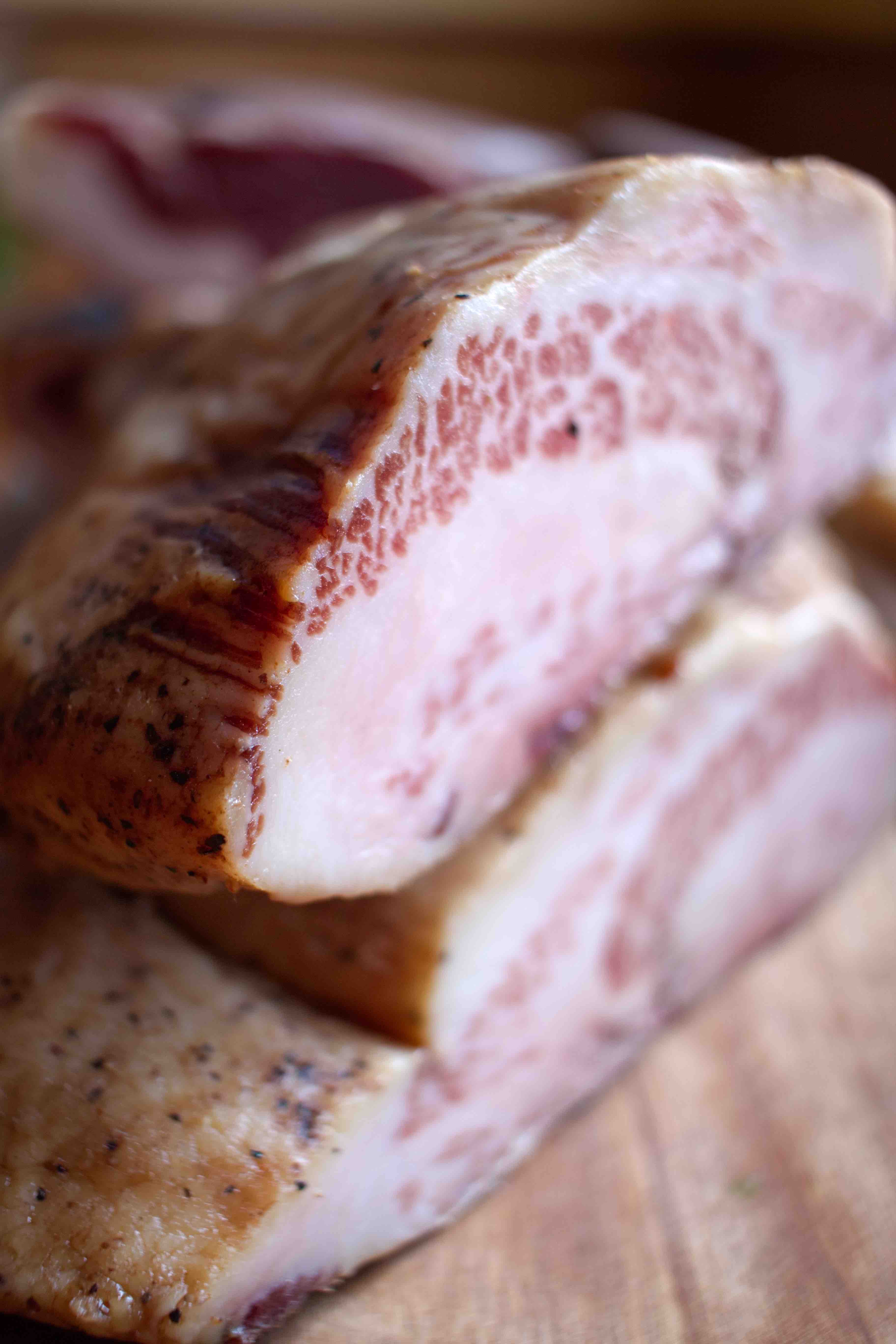
“I learned how to order from the mushroom guy and the person who grew the beans, the person who grew squash,” he says, “You’d have 25 different farmers coming in.”
Through learning about the whole process, walking the farms and directly experiencing the products, Pete’s appreciation for ingredients continued to grow.
After San Francisco, he moved back to his hometown and worked under San Diego’s culinary mastermind Chef Jeff Jackson at The Lodge Torrey Pines. During that time, Chef Jackson sent Pete to Region in Hillcrest, “to eat and check out what they were doing.”
It was an Italian restaurant run by Chef Michael Stebner, now the Executive Chef of True Food Kitchen, where they made everything from scratch — including proscuitto and some salamis made in a closet.
“That was really the first time I had seen anything like that done,” Pete says with a shake of his head, “once I saw that, I was like, boom.”
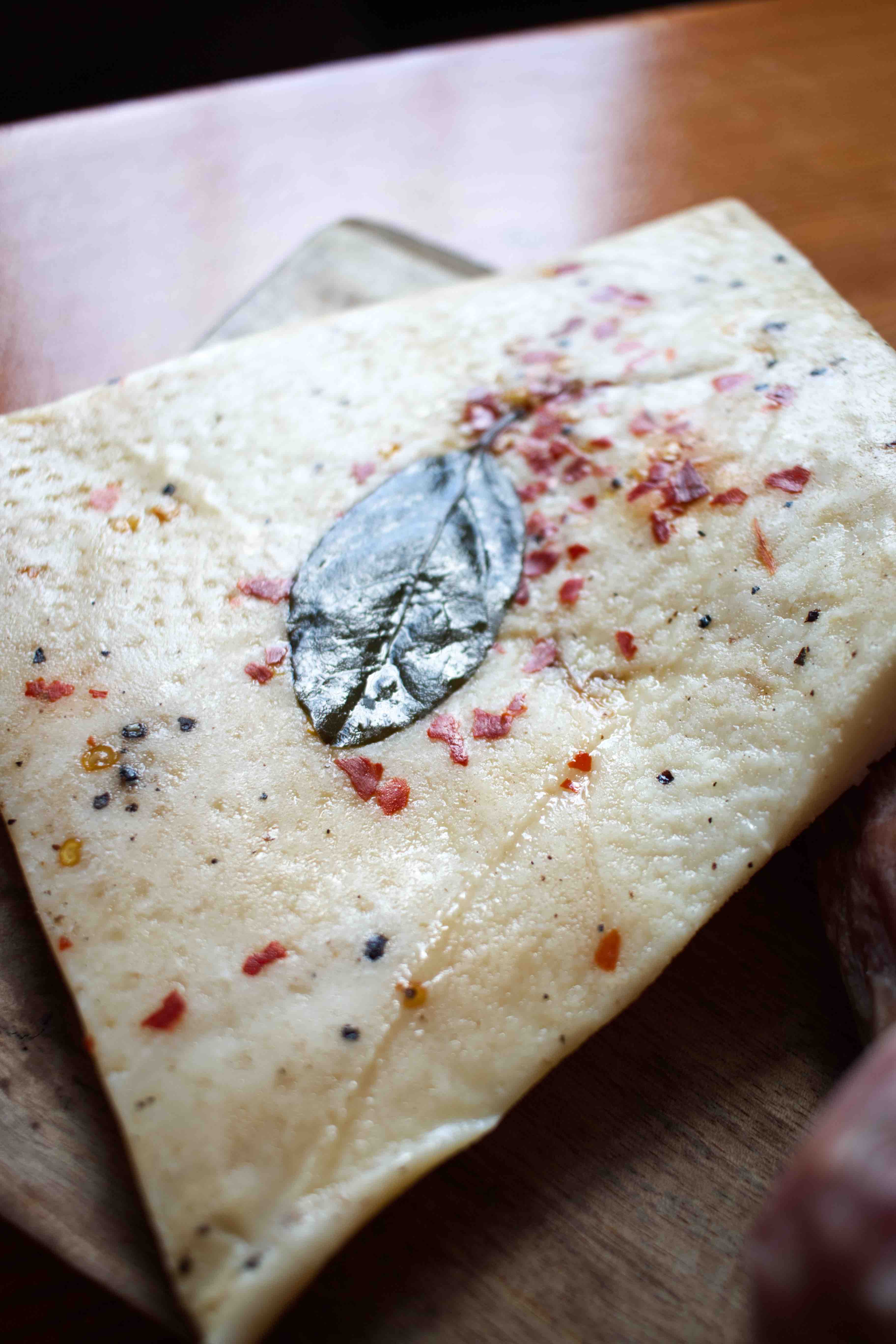
As soon as Tender Greens started in San Diego, Pete was ordering whole pigs.
“I probably started the worst way by trying to make proscuitto first, which is the hardest thing to make,” he says. After prosciutto, he progressed to a variety of salamis, copa, lardo, guanciale, producing his products in a curing chamber which he built in the walk-in.
“I started with a makeshift beer keg rack,” he says with a smile, explaining how he used the rack as shelves in combination with Saran Wrap, lights from Home Depot and a plug-in fan.
“Most people try to make salumi in a closet or a warm area and have difficulty cooling it down or maintaining the temperature,” he adds. Making salumi in the walk-in made it easier for Pete to control the curing environment — he just added lights to heat it up.
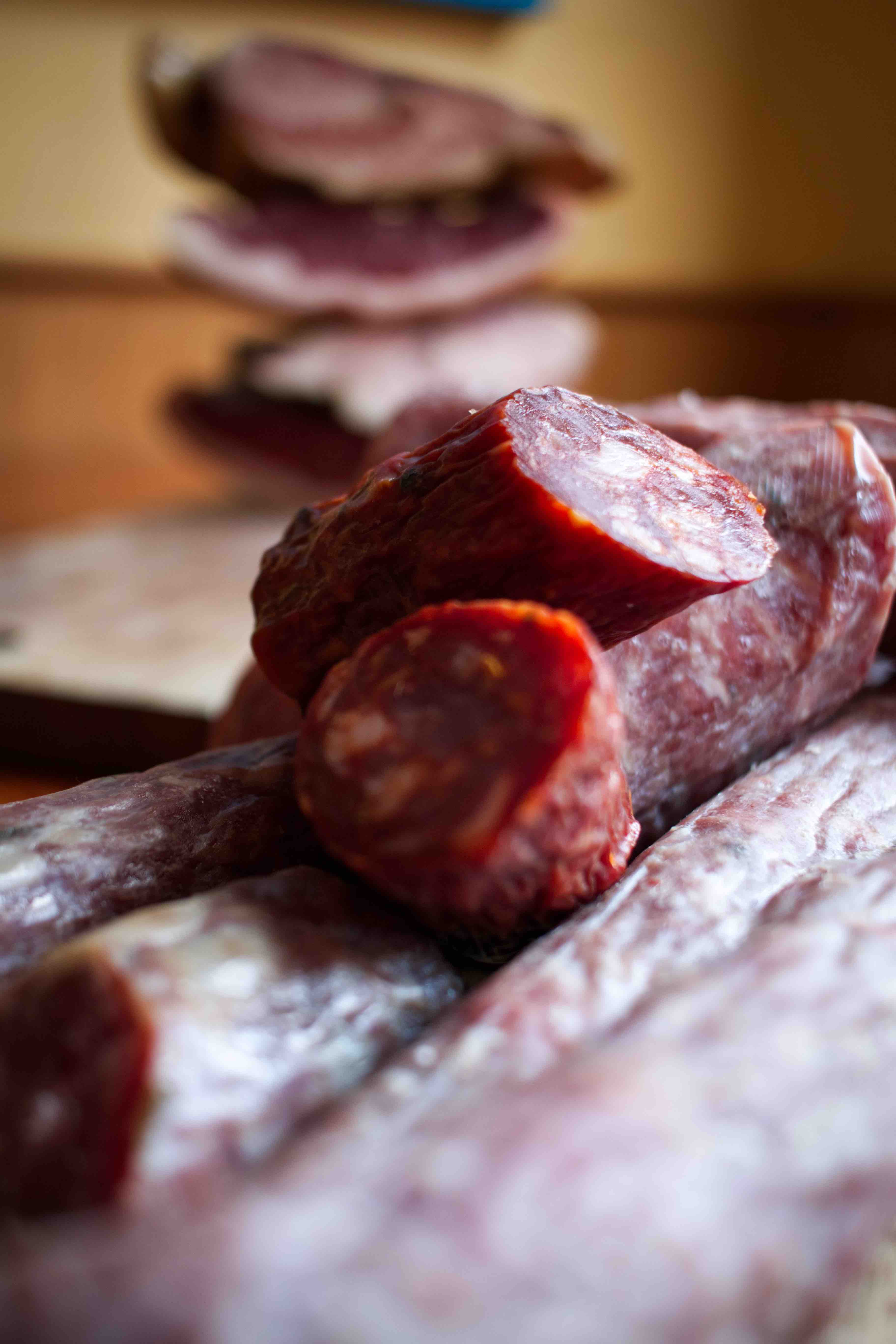
With recognition from food writers and chefs in the area, P. Balistreri salumi was born and expanding. Chefs began to eat at Tender Greens asking where they could get some salumi for their own restaurants.
“I would give them a stick of this or a stick of that,” Pete says, and eventually he couldn’t make enough to support both what people were looking for and to support the restaurant. The problem, even after Pete had a second custom-built chamber made, was the amount of room for production.
Today, P. Balistreri salumi is created in a family-operated Spanish style meat curing facility in Harbor City, La Española Meats, which has been there for about 30 years.
“When we went to that place and saw the facility and how they operate, I was just blown away,” he says.
What Pete’s learned through the experience of mastering salumi production, is that the facility plays a huge role in the quality outcome of the product.
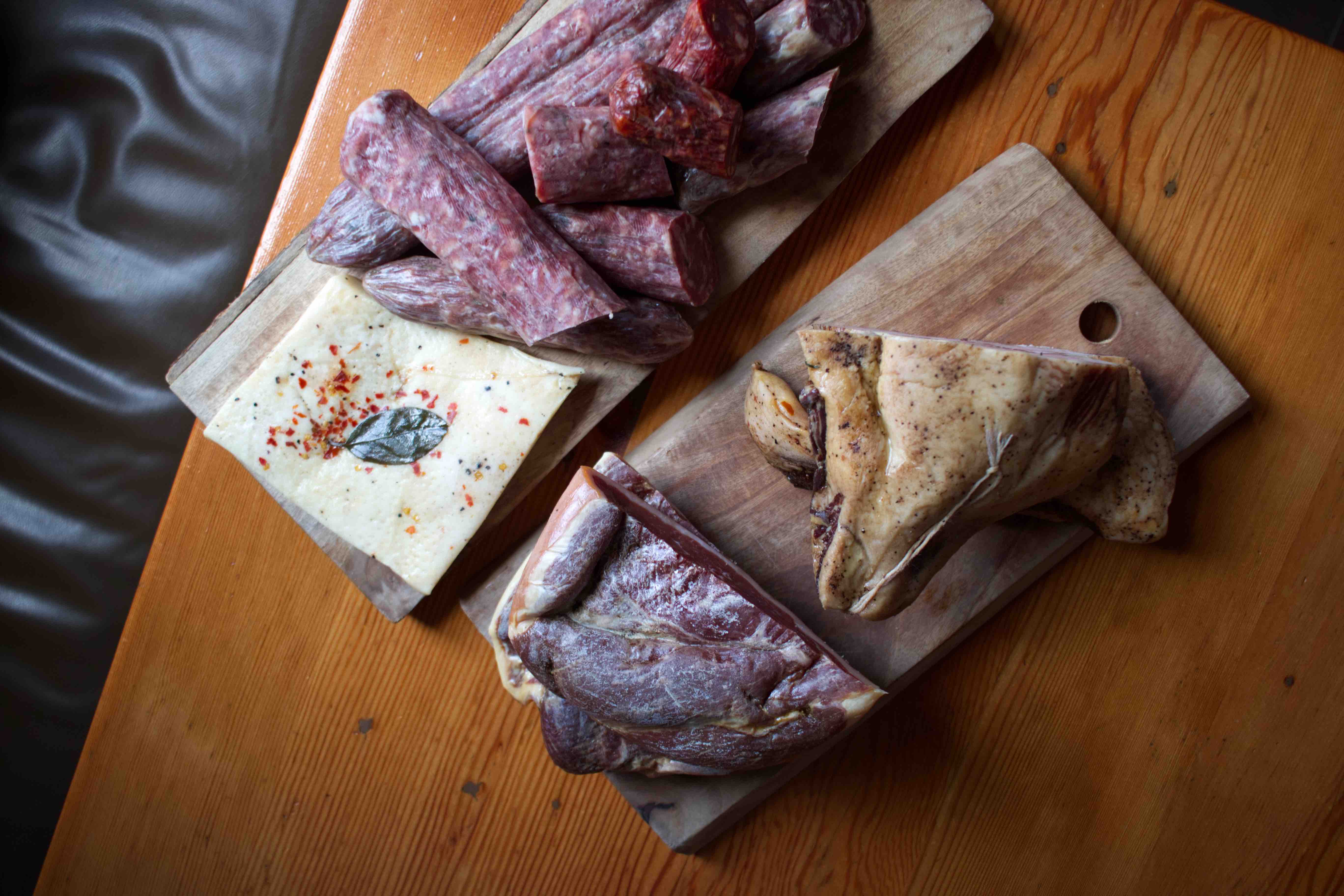
“If you have the same recipe and you make it in two different places — in one place you have a state of the art facility and in one place you’re making it in a refrigerator at your home — one is going to be light years better than the other.”
At La Española Meats, equipment includes a half million dollar German sausage stuffing machine that stuffs each casing to a specific weight. And a mixing machine that has a vacuum component which sucks the air out of the meat — so that when it’s put into the stuffing machine no air goes into casing.
“Air is bad for salami because there is bacteria in air and water, so when I’m making salami here with my little sausage stuffer and I’m doing it by hand, it’s very difficult to make that piece of salami have no air it in — because it’s hand done. Here, probably at least 20 pounds are going in the trash, because they just don’t cure.”
Now, Pete can make 100,000 pounds of salami and not one will be bad.
His handcrafted artisan salumi includes Salami Point Loma, made with rosemary, garlic, chili flake and fennel — Lardo, cured back fat from Berkshire hogs with sea salt and rosemary — Prosciutto, dry-cured ham — and Guanciale, cured and smoked pork jowl rubbed with salt, sugar and a blend of artisan spices.
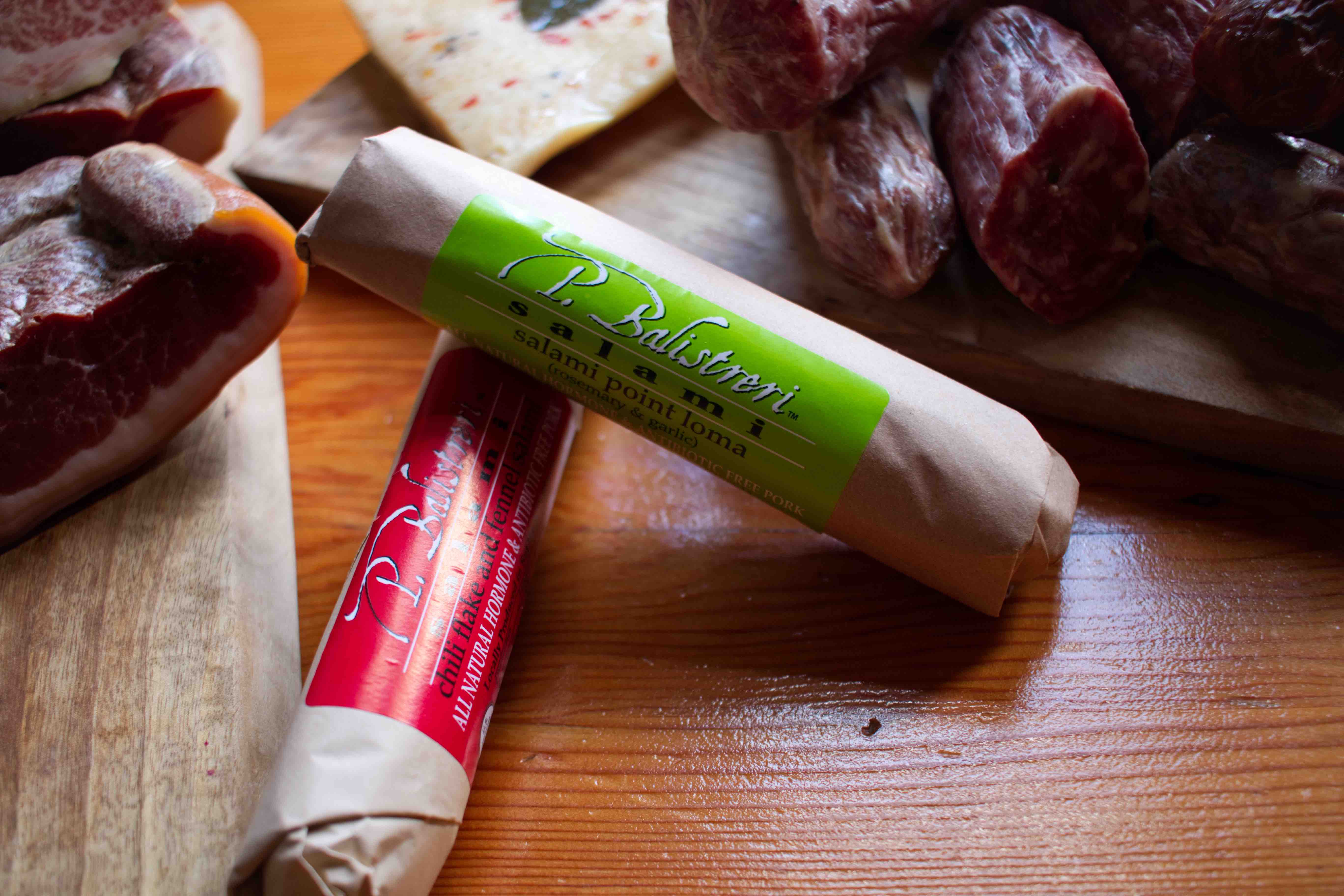
You can purchase Chef Pete’s products on his website, at Venissimo Cheese, Mona Lisa Italian Foods and Tender Greens locations all over California.





